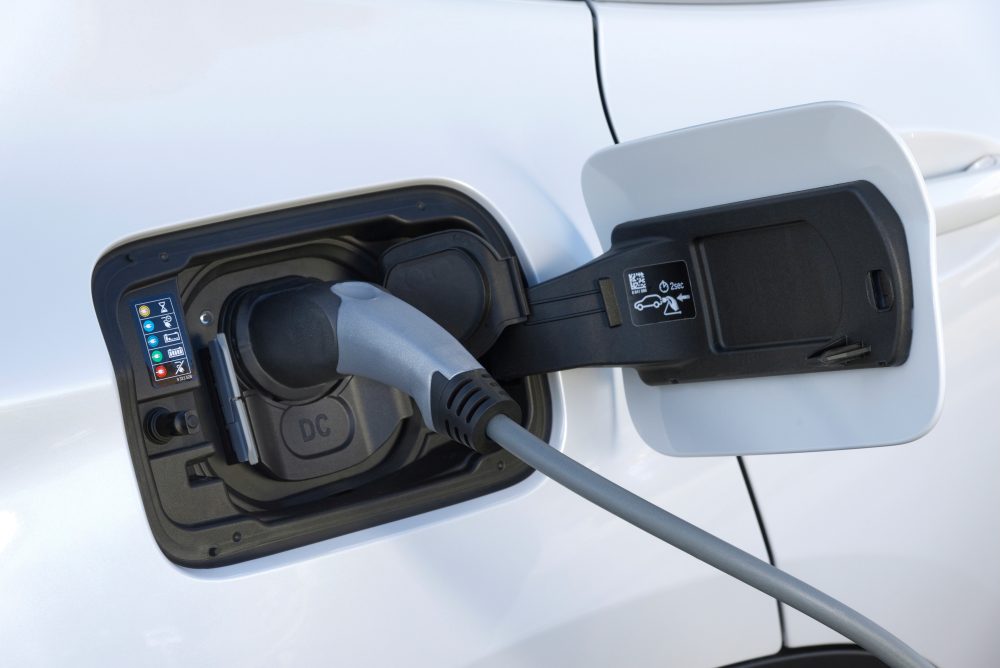Read The Full Article On: Investorplace
Increased quarterly revenue means WKHS stock should be on investors’ radar
For many investors, 2020 has become synonymous with the success of electric vehicle makers, such as Workhorse (NASDAQ:WKHS). Since the start of the year, the shares are up over 500%. Put another way, the proverbial $1,000 invested in the stock in January would now be well over $6,000.

Source: Photo from WorkHorse.com
Ohio-based EV group Workhorse manufactures electrically powered delivery and utility vehicles. Its focus is on the last-mile delivery sector. These EVs are powered by a modular battery pack system. The power output is typically between 35 and 70 kWh. Workhouse EVs also have its proprietary telematics vehicle-tracking system, Metron.
On Nov. 9, the company released Q3 results. Therefore today, we will discuss the prospects for Workhorse and whether investors should buy the shares now. You may consider investing in the stock if there is short-term profit-taking, and the price declines to $15 or even below.
Industry Fundamentals Support EVs
Recent research led by Nele Rietmann of the University of St. Gallen, Switzerland, highlights, “overall, 30% of the worldwide passenger vehicle fleet will be EVs in 2032. However, results also display vast differences between countries, which can particularly be attributed to divergences in governmental support.”
After January 2021, President-elect Biden is expected to make environmental protectionone of his top priorities. More “electric vehicle charging stations,” building “zero-emissions public transportation options through flexible federal investments,” generating “clean, American-made electricity to achieve a carbon pollution-free power sector by 2035,” and investing “in energy efficiency in buildings” were among Biden’s campaign promises.
Following the U.S. Presidential election, Herbert Diess, CEO of car manufacturer Volkswagen (OTCMKTS:VWAPY) commented that a Biden administration would provide tailwinds for global EV sales.
As a result, future years will likely see further electrification of both passenger cars and delivery fleets. Such a development would understandably benefit Workhorse.
On a side note, in addition to its core operations, Workhorse Group has 10% ownership in Lordstown Motors (NASDAQ:RIDE). As a newcomer to the EV industry, RIDE specializes in electric pickup trucks. Earlier in August, publicly listed special purpose acquisition company (SPAC) DiamondPeak and Lordstown Motors released a merger announcement. In October, the reverse-merger finalized.
Therefore, the moves in the price of RIDE stock will also affect the fortunes of Workhorse, which in its Q3 release, said, “That stake is estimated at nearly $285 million based on the November 6th closing price.”
How Q3 Results Came for Workhorse
Quarterly revenue was $565,000. A year ago, it had been $4,000. The company has recently received an order for 500 trucks from Pritchard Auto Company. The deal will be financed by Hitachi Capital America.
Cost of goods sold (COGS) and operating expenses came at $2.82 million and $7.56 million, respectively. Analysts noted the jump in the interest expense. It was $74.3 million in Q3, compared to $5.9 million in Q3 2019. Management said the increase was primarily due to a change in the fair value of the convertible notes, which required non-cash GAAP adjustments.
CEO Duane Hughes highlighted various challenges posed by the pandemic. The primary battery supplier to Workhorse has not been able meet targets “due to capacity issues and COVID-related slowdowns.”
He further commented, “Previously, we projected 300-400 vehicles to be produced by the end of 2020, mostly in the fourth quarter. Although we will still manufacture and deliver vehicles in Q4, it will be a substantially lower amount than our previous guidance. We are unable to give a specific estimate.”
McKinsey Center for Future Mobility suggests, “Overall, global EV-sales volumes are becoming large enough to create substantial profit pools for well-positioned suppliers and other upstream players.”
Yet, Workhouse is not one of those companies. In Q3, net loss hit $84.1 million, compared with a net loss of $11.5 million a year ago. Management blamed the increase in net interest expense for the increase in loss.
Investors were overall pleased with the quarterly results. On Nov. 6, the shares closed at $17.29. But after the release of the numbers, on Nov. 9, the stock finished the day at $18.96. That is an impressive increase of over 9.6%.
The Bottom Line on WKHS Stock
Despite the increased revenue, Workhorse is not yet profitable. Its price-to-sales ratio is an eye-popping 7,300x. The group’s 2021 production volume target stands at 1,800 vehicles. That number would not justify such a high P/S metric.
Workhorse also has a beta of over 3.1. That is a high metric, warning investors how risky the stock is, especially, in the short-term, compared to the broader market. Therefore, a roller-coaster ride in the future is to be expected.
Are you one of those investors who have been able to ride the stellar increase in the share price? Then you may consider hedging their positions with monthly at-the-money (ATM) covered calls. You could benefit from a further increase in price and have some protection from subsequent profit-taking.
Potential investors may consider any decline toward the $15 level as a better entry point into the shares.
If you are not yet ready to commit capital into Workhorse, you could also buy an exchange-traded fund that holds the shares. Examples include the Amplify Lithium & Battery Technology ETF (NYSEARCA:BATT), the ARK Autonomous Technology & Robotics ETF (NYSEARCA:ARKQ), the Invesco WilderHill Clean Energy ETF (NYSEARCA:PBW), or the SPDR S&P Kensho New Economies Composite ETF (NYSEARCA:KOMP).

